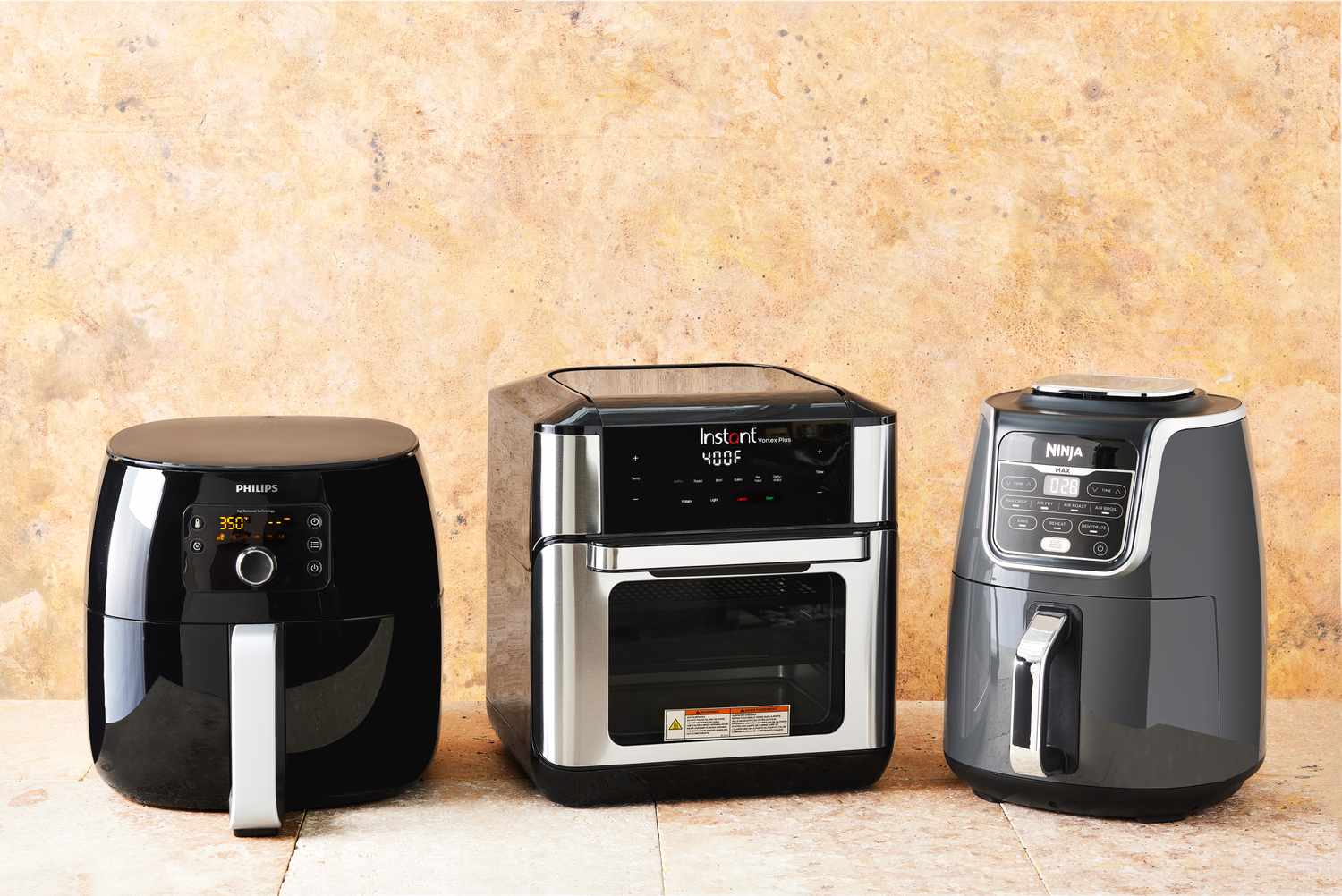

Articles
Who Invented Air Fryer
Modified: August 27, 2024
Discover the history and origin of the air fryer in this informative article. Find out who invented this revolutionary kitchen appliance and how it has since become a popular choice for healthy cooking.
(Many of the links in this article redirect to a specific reviewed product. Your purchase of these products through affiliate links helps to generate commission for Storables.com, at no extra cost. Learn more)
Introduction
With their ability to cook crispy and delectable dishes using less oil than traditional deep-frying methods, air fryers have become increasingly popular in kitchens around the world. These innovative kitchen appliances have revolutionized the way we cook, offering a healthier alternative to deep frying without compromising on taste.
In this article, we will explore the history of deep frying, the advent of air fryers, and the fascinating story behind the invention of this ingenious device. From the inventor’s background to how air fryers work, we will delve into the intricacies of these modern cooking marvels. Additionally, we will highlight the benefits and drawbacks of air fryers and showcase some popular brands and models currently available in the market.
So, let’s embark on this journey to unravel the secrets behind the invention of the air fryer and discover everything you need to know about this ingenious cooking appliance.
Key Takeaways:
- Air fryers, invented by French engineer Philippe Patrick, revolutionized cooking by offering a healthier alternative to deep frying. Their innovative technology and versatility make them a valuable addition to any kitchen.
- Popular air fryer brands like Philips, Ninja, and COSORI offer a range of models with various features, providing options to suit diverse cooking needs and preferences.
Read more: Who Invented The Air Mattress
History of Deep Frying
Deep frying has been a cooking method used for centuries across various cultures around the world. The process involves submerging food in hot oil, resulting in crispy and flavorful dishes. While the exact origins of deep frying are unclear, it is believed to have been practiced as early as ancient Egypt, with evidence of fried food dating back to 2500 BCE.
Deep frying gained prominence in many cuisines due to its ability to transform ordinary ingredients into delicious treats. In medieval Europe, deep frying was widely used to cook meat and vegetables, and in the Middle East, it played a significant role in the development of dishes such as falafel and samosas.
However, traditional deep frying methods often involve immersing food in large quantities of oil, which can lead to an unhealthy consumption of fatty foods. As awareness about the detrimental effects of excessive oil consumption grew, the need for a healthier cooking alternative became apparent.
This led to the invention of the air fryer, which aims to replicate the crispy texture and taste of deep-fried food while using significantly less oil. The air fryer offers a modern twist on this cooking technique, making it a popular choice for health-conscious individuals.
Now that we have explored the historical context of deep frying, let’s uncover how the concept of air frying emerged and revolutionized the way we cook.
The Advent of Air Fryers
As the demand for healthier cooking methods increased, researchers and kitchen appliance manufacturers began to explore alternative ways to achieve the crispy texture and taste of deep-fried food without the excessive use of oil. This led to the development of the air fryer.
The concept behind air frying revolves around using hot air in combination with a minimal amount of oil to circulate and cook the food. Air fryers make use of rapidly circulating hot air to create a crispy outer layer, while the minimal amount of oil helps to enhance the flavor and texture of the dish.
The early versions of air fryers were simple and standalone appliances that were primarily used in commercial kitchens. However, as the technology advanced and consumer demand increased, manufacturers began to develop compact and user-friendly air fryers for home use. These modern air fryers boast sleek designs, intuitive controls, and a range of cooking functionalities.
One of the key advantages of air fryers is their ability to cook food more quickly than traditional ovens. The rapid circulation of hot air ensures that the food cooks evenly and efficiently. This saves both time and energy, making air fryers a convenient and efficient cooking option.
Another notable feature of air fryers is their versatility. In addition to frying, they can be used for baking, grilling, roasting, and even reheating food. This versatility makes air fryers a multi-purpose appliance that can replace several traditional kitchen tools.
In the next section, we’ll explore the fascinating story behind the invention of the air fryer and learn more about the innovator responsible for this game-changing kitchen appliance.
Invention of the Air Fryer
The invention of the air fryer can be attributed to a team of engineers and innovators who sought to create a healthier cooking alternative that still delivered crispy and delicious results. One of the key figures behind the development of the air fryer is Philippe Patrick, a French engineer who had a deep passion for cooking and a desire to make a positive impact on people’s dietary habits.
In the early 2000s, Philippe Patrick began experimenting with various cooking techniques and appliances to find a way to achieve the crispy texture of deep-fried food without the excessive use of oil. His aim was to create a device that could offer a healthier cooking method without compromising on taste.
After several years of research and experimentation, Patrick and his team pioneered a new cooking technology that utilized a combination of convection heat and high-speed air circulation. This resulted in the creation of the first air fryer prototype, which was able to cook food using up to 80% less oil than traditional deep frying methods.
The initial design of the air fryer included a heating element, a fan, and a removable cooking basket. The heating element provided the necessary heat, while the fan circulated the hot air throughout the cooking chamber, ensuring even distribution. The removable cooking basket allowed the food to be placed inside for cooking and easy removal once done.
The invention of the air fryer was met with great enthusiasm and excitement from both professional chefs and home cooks. It offered a healthier alternative to indulging in fried foods and allowed individuals to enjoy their favorite dishes without the guilt associated with high oil consumption.
Since the initial invention, the design and technology behind air fryers have continued to evolve and improve. Manufacturers have introduced advanced features such as touch controls, pre-set cooking programs, and even Wi-Fi connectivity, making air fryers even more user-friendly and convenient to use.
The invention of the air fryer has not only revolutionized the way we cook but has also prompted other kitchen appliance manufacturers to explore similar concepts. Today, you can find a wide range of air fryers on the market, catering to different cooking needs and preferences.
Now that we have explored the story behind the invention of the air fryer, let’s dive deeper into how these innovative devices actually work.
The Inventor’s Background
Philippe Patrick, the inventor of the air fryer, is a French engineer with a deep passion for culinary arts and a keen interest in revolutionizing traditional cooking methods. Born and raised in a family of food enthusiasts, Patrick grew up surrounded by the sights, smells, and flavors of delicious cuisine.
Patrick’s journey into the world of engineering began at a young age when he developed a fascination with understanding how things worked. This curiosity led him to pursue a degree in mechanical engineering, where he gained a solid foundation in the principles of physics and mechanics.
After completing his formal education, Patrick embarked on a career that combined his engineering expertise with his love for cooking. He worked for several kitchen appliance manufacturers, specializing in the development of innovative cooking technologies.
It was during his tenure at one such company that Patrick began to explore the concept of air frying. Motivated by the desire to create a healthier cooking alternative that maintained the taste and texture of fried food, he dedicated countless hours to research and experimentation.
With a team of like-minded engineers and culinary experts, Patrick worked tirelessly to refine the design and functionality of the air fryer. His deep understanding of cooking techniques and his engineering background allowed him to combine the principles of heat transfer, convection, and air circulation to create a game-changing cooking appliance.
Patrick’s ingenuity and dedication paid off when the first air fryer prototype was successfully developed. The innovative design and outstanding performance of the device impressed both professional chefs and cooking enthusiasts alike.
Today, Philippe Patrick is recognized as a pioneer in the field of healthier cooking appliances, with the air fryer being his most notable invention. His commitment to creating a cooking device that promotes healthier eating habits without sacrificing taste has made a significant impact on the culinary world.
In addition to the invention of the air fryer, Patrick continues to be involved in the development of innovative kitchen technologies. He remains dedicated to exploring new ways to make cooking more efficient, convenient, and sustainable.
Now that we have learned more about the inventor behind this revolutionary cooking appliance, let’s delve into the inner workings of air fryers and understand how they operate.
Read more: Who Invented The Fire Escape Ladder
How Air Fryers Work
Understanding how air fryers work is key to appreciating their innovative cooking technique. At their core, air fryers rely on the principles of rapid air circulation and convection heat to cook food to perfection.
When you start an air fryer, it begins by generating intense heat using a heating element located near the top of the appliance. This element quickly warms the air inside the cooking chamber, creating a controlled cooking environment.
Once the air inside the air fryer reaches the desired temperature, a powerful fan kicks in. This fan circulates the hot air rapidly around the food, creating a convection effect. The circulating hot air transfers heat to the surface of the food, resulting in the desired crispy texture.
In traditional deep frying, the food is immersed in oil, which conducts heat and provides the crispy exterior. In contrast, air fryers use a thin layer of oil, typically only a tablespoon or less. The oil is evenly distributed on the food’s surface or sprayed directly onto it. The oil helps to enhance the flavor, promote browning, and ensure a satisfying texture.
While the hot air circulation and minimal oil usage contribute to the crispiness, the design of the air fryer also plays a role. The cooking chamber is usually small and enclosed, allowing the hot air to surround the food evenly from all angles. The food is often placed on a perforated cooking basket, allowing excess oil and moisture to drain away and ensuring even airflow.
In addition to the basic air frying technique, advanced air fryers may offer additional features to enhance the cooking experience. Some models incorporate adjustable temperature controls, timers, and pre-set cooking programs for specific dishes. These features allow for more precise and convenient cooking, making it easier to achieve consistent and delicious results.
Furthermore, modern air fryers often come with accessories like baking pans, grill racks, or skewers, which expand their versatility. These accessories enable users to explore various cooking methods like baking, grilling, and even roasting, in addition to frying.
The combination of rapid hot air circulation, controlled heat, and minimal oil usage sets air fryers apart from other cooking methods. This innovative cooking technique not only delivers crispy and flavorful results but also promotes healthier eating by significantly reducing the amount of oil used.
Now that we understand how air fryers work and why they are considered a healthier cooking option, let’s explore both the advantages and disadvantages of using an air fryer.
Benefits and Drawbacks of Air Fryers
Air fryers have gained immense popularity due to their ability to provide a healthier alternative to traditional deep frying methods. However, like any kitchen appliance, they come with their own set of benefits and drawbacks. Let’s explore both sides to help you make an informed decision.
Benefits:
- Healthier Cooking: Air fryers require significantly less oil compared to deep frying, making them a healthier option for those conscious of their oil and fat intake. Air-fried foods have a lower calorie content and reduced levels of harmful compounds produced by deep-frying.
- Reduced Fat and Calories: By using hot air instead of oil to cook, air fryers can reduce the fat content of foods by up to 75%. This makes them ideal for those looking to lose weight or maintain a healthy diet.
- Time and Energy Efficiency: Air fryers cook food faster than traditional ovens, reducing cooking time by up to 25%. They also require less preheating time, making them energy-efficient and saving valuable time in the kitchen.
- Versatility: Air fryers are not limited to frying alone. They can be used for baking, grilling, roasting, and even reheating food, making them a versatile kitchen appliance that can replace multiple cooking tools.
- Easy to Use and Clean: Air fryers are designed to be user-friendly, with intuitive controls and pre-set functions for different types of food. Cleaning is also hassle-free, with removable and dishwasher-safe components.
Drawbacks:
- Limited Cooking Capacity: The size and capacity of air fryers can be a drawback, especially for larger families or when cooking for a crowd. They may not be suitable for preparing large quantities of food in a single batch.
- Texture Variation: While air fryers produce crispy results, the texture may not be an exact replica of deep-fried food. Some foods may turn out slightly drier or less crunchy compared to traditional methods.
- Initial Cost: Air fryers can be more expensive compared to other kitchen appliances. However, the long-term energy savings and improved health benefits may outweigh the initial investment.
- Learning Curve: Achieving the desired results with an air fryer may require some experimentation and getting used to the cooking times and temperatures. It may take a few tries to achieve the perfect balance of crispiness and flavor.
Considering the numerous benefits and the few limitations, air fryers have become a popular option for health-conscious individuals seeking a healthier way to enjoy their favorite fried foods without sacrificing taste.
Now that we’ve explored the advantages and disadvantages of air fryers, let’s take a look at some popular brands and models to help you choose the right one for your needs.
Read more: Who Invented The Mattress
Popular Air Fryer Brands and Models
As the demand for air fryers continues to grow, several reputable brands have emerged, offering a wide range of models with various features and capacities. Here are some popular air fryer brands and models that have garnered positive reviews and are well-regarded by consumers:
1. Philips Airfryer XXL
Philips is one of the pioneers in the air fryer market, and their Airfryer XXL model is highly regarded. It offers a large cooking capacity, suitable for families or those who entertain guests frequently. The XXL model features Rapid Air technology, multiple cooking presets, and easy-to-use controls.
2. Ninja Foodi Digital Air Fry Oven
The Ninja brand has gained popularity for its versatile kitchen appliances, and their Foodi Digital Air Fry Oven is no exception. It combines the functionality of an air fryer with a convection oven and toaster. This model offers a spacious cooking capacity and a wide temperature range, allowing for various cooking methods.
3. COSORI Air Fryer Max XL
COSORI is known for its high-quality and affordable air fryers, and their Air Fryer Max XL is a favorite among consumers. It offers a generous cooking capacity, user-friendly controls, and a wide temperature range. The Max XL model also comes with a pre-heat function and a cookbook with various recipes.
Read more: Who Invented Woodworking?
4. Instant Vortex Plus Air Fryer
Instant Pot, known for its multi-cookers, has ventured into the air fryer market with the Instant Vortex Plus model. It combines the functions of an air fryer, toaster oven, and dehydrator. The Vortex Plus offers a sleek design, intuitive controls, and versatile cooking options.
5. GoWISE USA 1700-Watt 5.8-QT Air Fryer
GoWISE USA offers a range of air fryers at affordable prices, and their 1700-Watt 5.8-QT model is a popular choice. It provides ample cooking space, a digital touchscreen interface, and a variety of presets for easy cooking. The GoWISE air fryer also comes with a recipe book to help users explore different culinary creations.
These are just a few examples of popular air fryer brands and models available on the market. It’s essential to consider factors such as cooking capacity, features, user-friendliness, and budget when choosing the right air fryer for your needs.
Now that we have explored some popular air fryer options, let’s wrap up and summarize the key points we have covered in this article.
The air fryer was invented by Turbochef Technologies, a company that originally developed the technology for rapid cooking in commercial kitchens. The first consumer air fryer was released in 2010.
Conclusion
Air fryers have become a game-changer in the culinary world, offering a healthier alternative to deep frying without compromising on taste. Their ability to cook crispy and delicious food with minimal oil has made them a popular choice for health-conscious individuals and cooking enthusiasts alike.
In this article, we explored the history of deep frying, the advent of air fryers, and the fascinating story behind their invention. We learned about Philippe Patrick, the innovative engineer who played a pivotal role in developing the first air fryer prototype.
We also delved into how air fryers work, utilizing hot air circulation and minimal oil to achieve the desired texture and flavor. The benefits of air fryers, such as healthier cooking, reduced fat and calories, time efficiency, versatility, and ease of use and cleaning, were discussed. Alongside these advantages, we also highlighted a few drawbacks, including limited cooking capacity and texture variations.
Furthermore, we explored some popular air fryer brands and models, including the Philips Airfryer XXL, Ninja Foodi Digital Air Fry Oven, COSORI Air Fryer Max XL, Instant Vortex Plus Air Fryer, and GoWISE USA 1700-Watt 5.8-QT Air Fryer. These options provide a range of features and sizes to suit diverse cooking needs and preferences.
In conclusion, air fryers have revolutionized the way we cook, offering a healthier alternative to traditional deep frying. Their innovative technology, versatility, and convenience make them a valuable addition to any kitchen. Whether you’re looking to enjoy crispy fried favorites guilt-free or explore a variety of cooking methods, an air fryer can be an excellent investment.
As air fryer technology continues to evolve, we can expect even more advancements and improvements in the future. Whether it’s the development of new cooking techniques, enhanced features, or increased cooking capacities, air fryers will continue to provide a healthier and more enjoyable cooking experience for years to come.
Frequently Asked Questions about Who Invented Air Fryer
Was this page helpful?
At Storables.com, we guarantee accurate and reliable information. Our content, validated by Expert Board Contributors, is crafted following stringent Editorial Policies. We're committed to providing you with well-researched, expert-backed insights for all your informational needs.

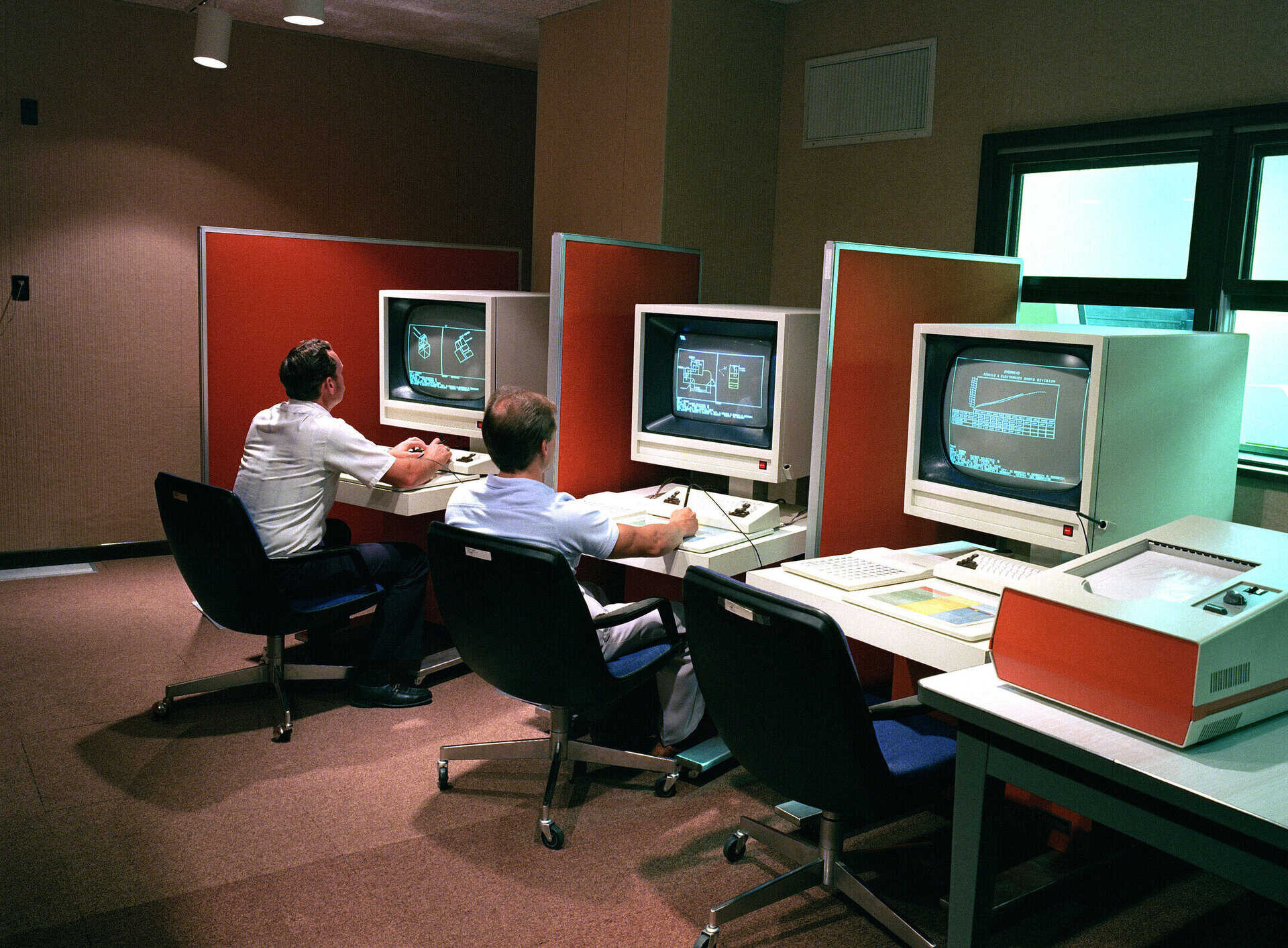

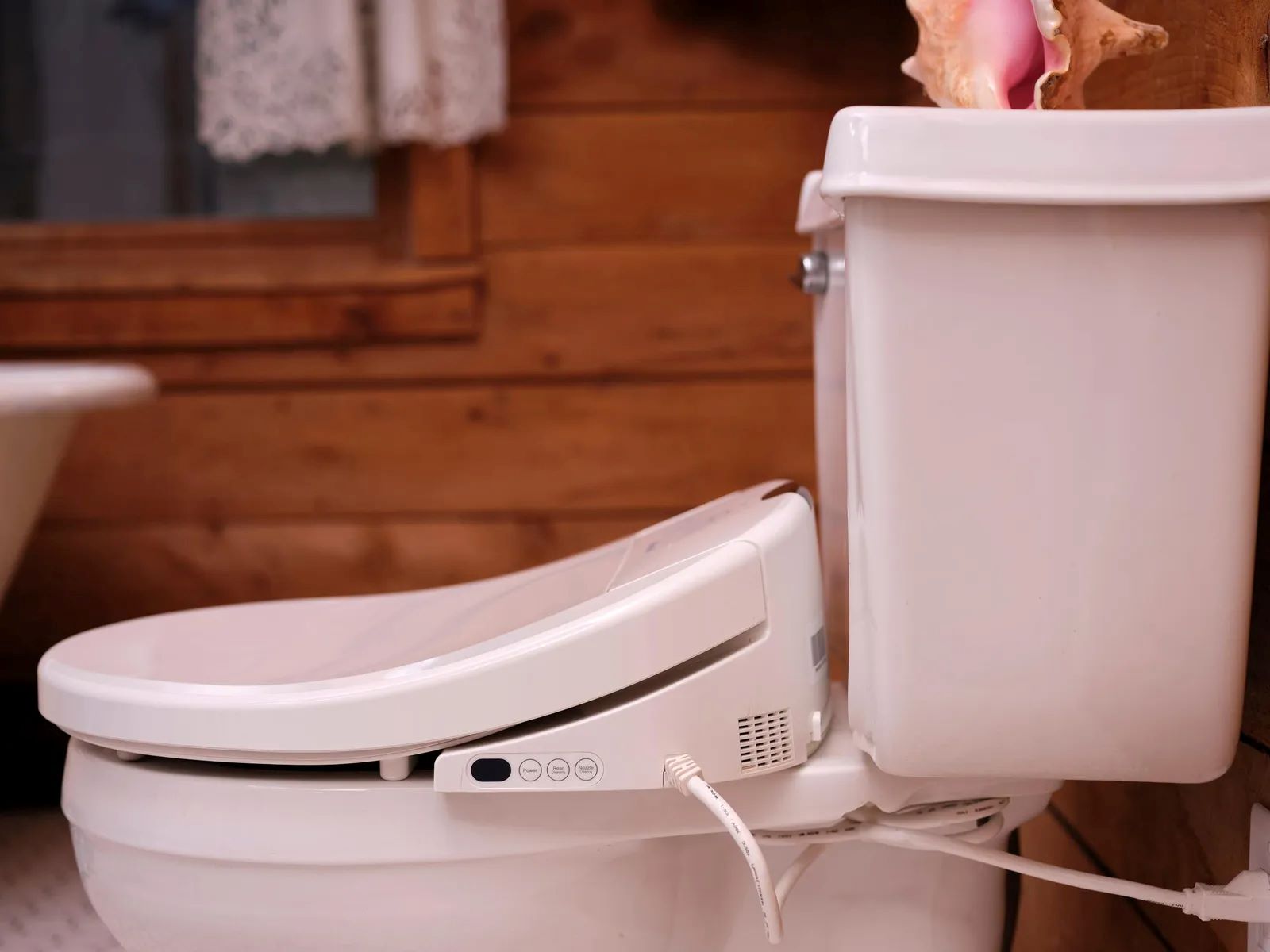
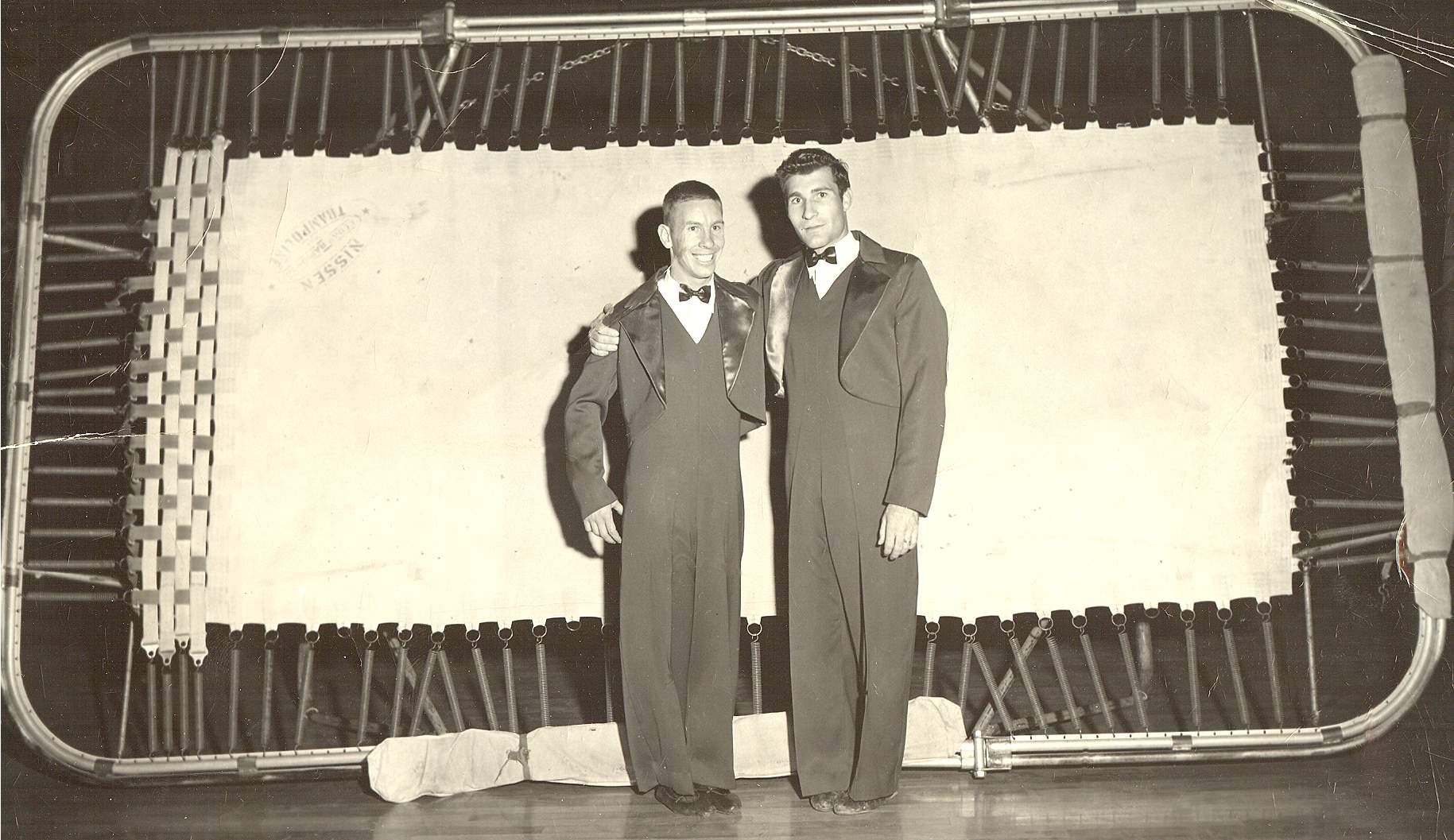

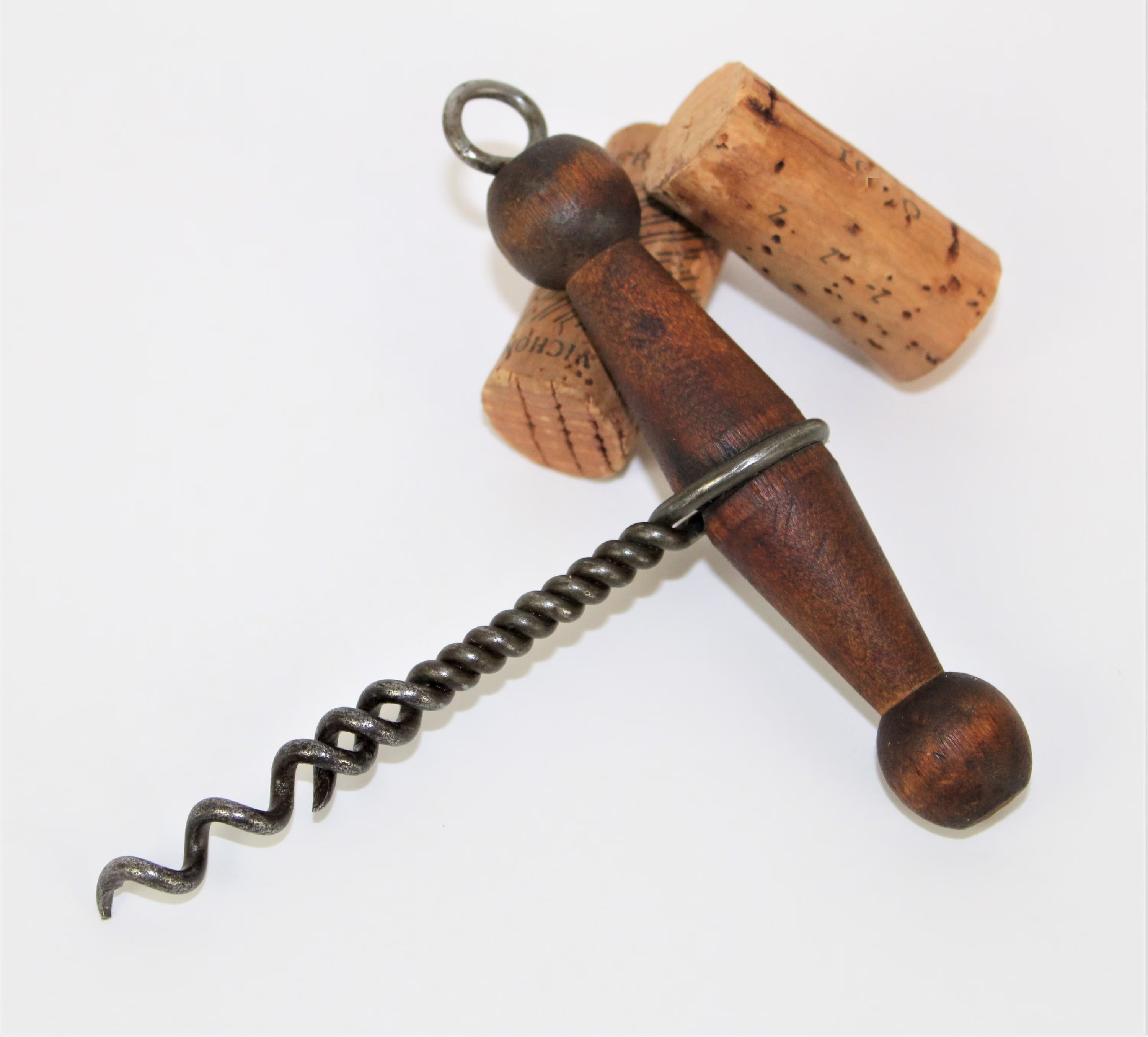
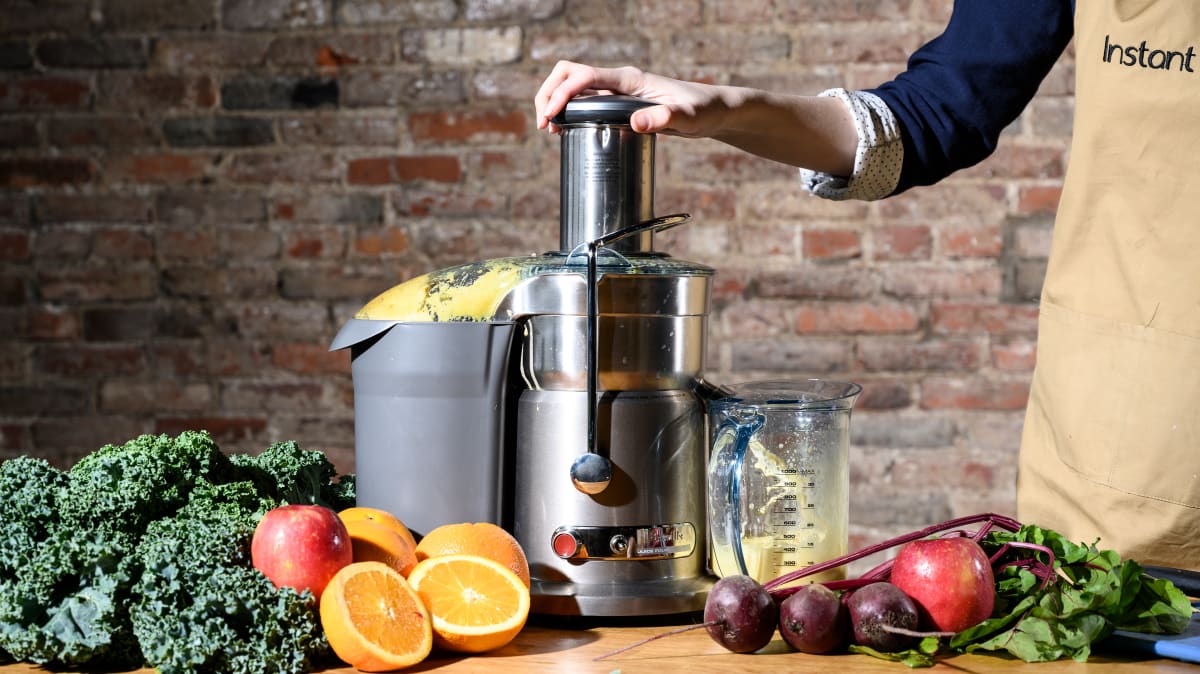
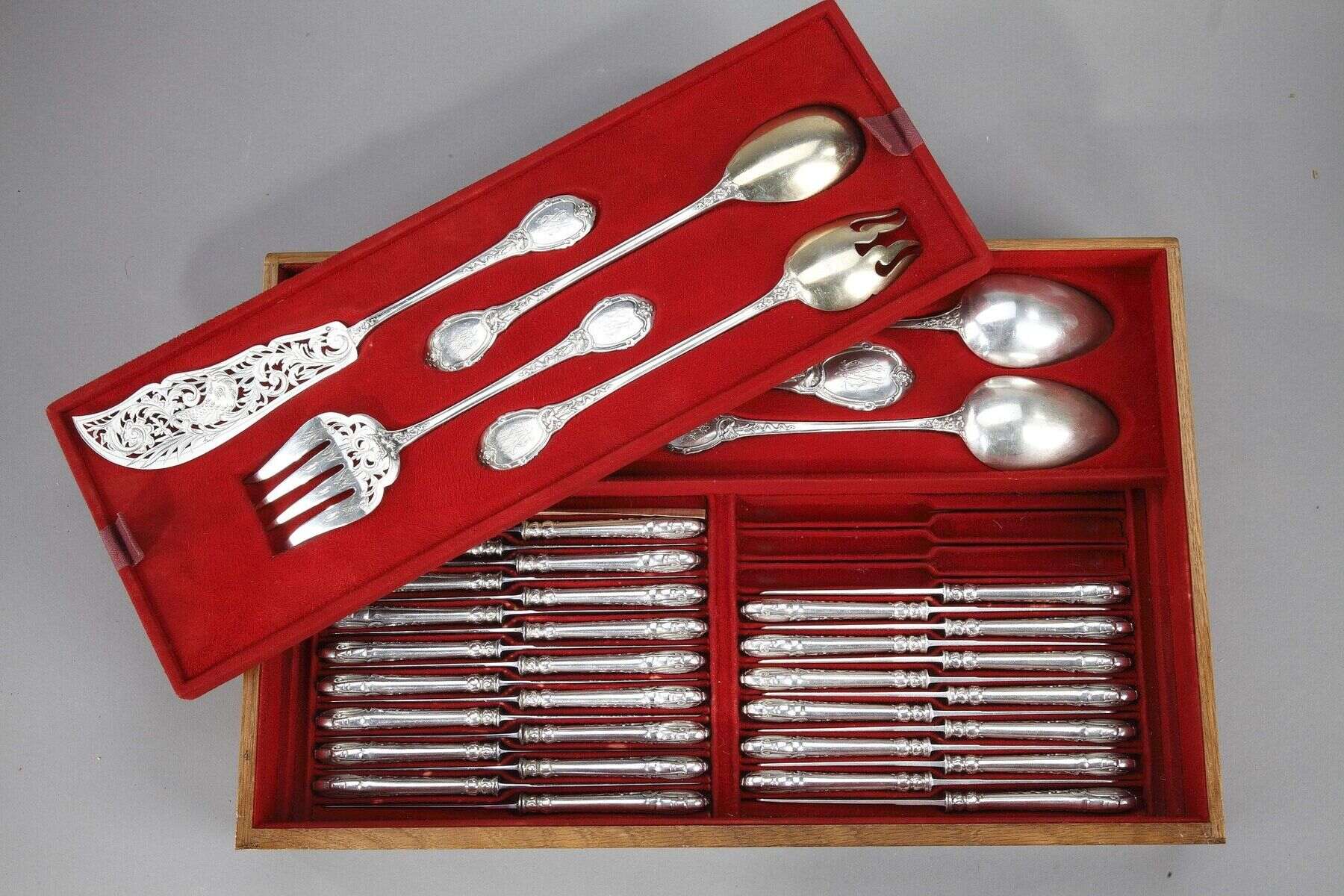

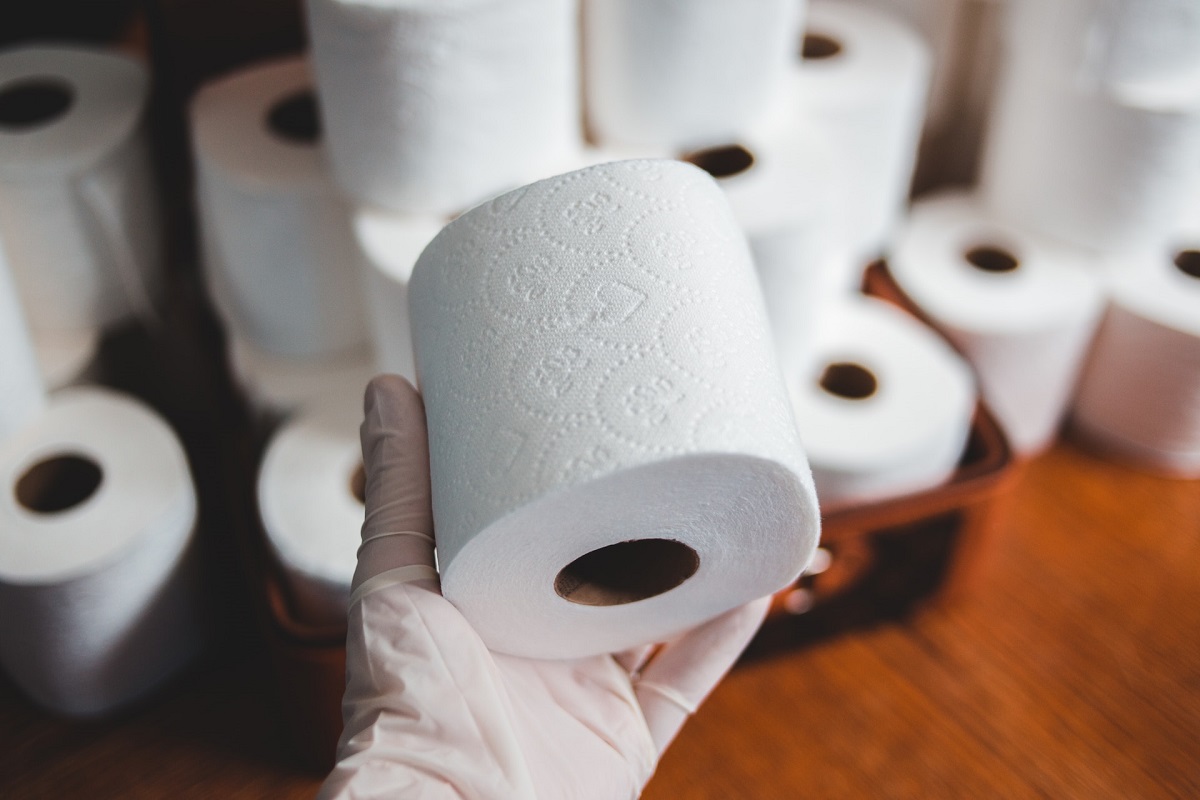
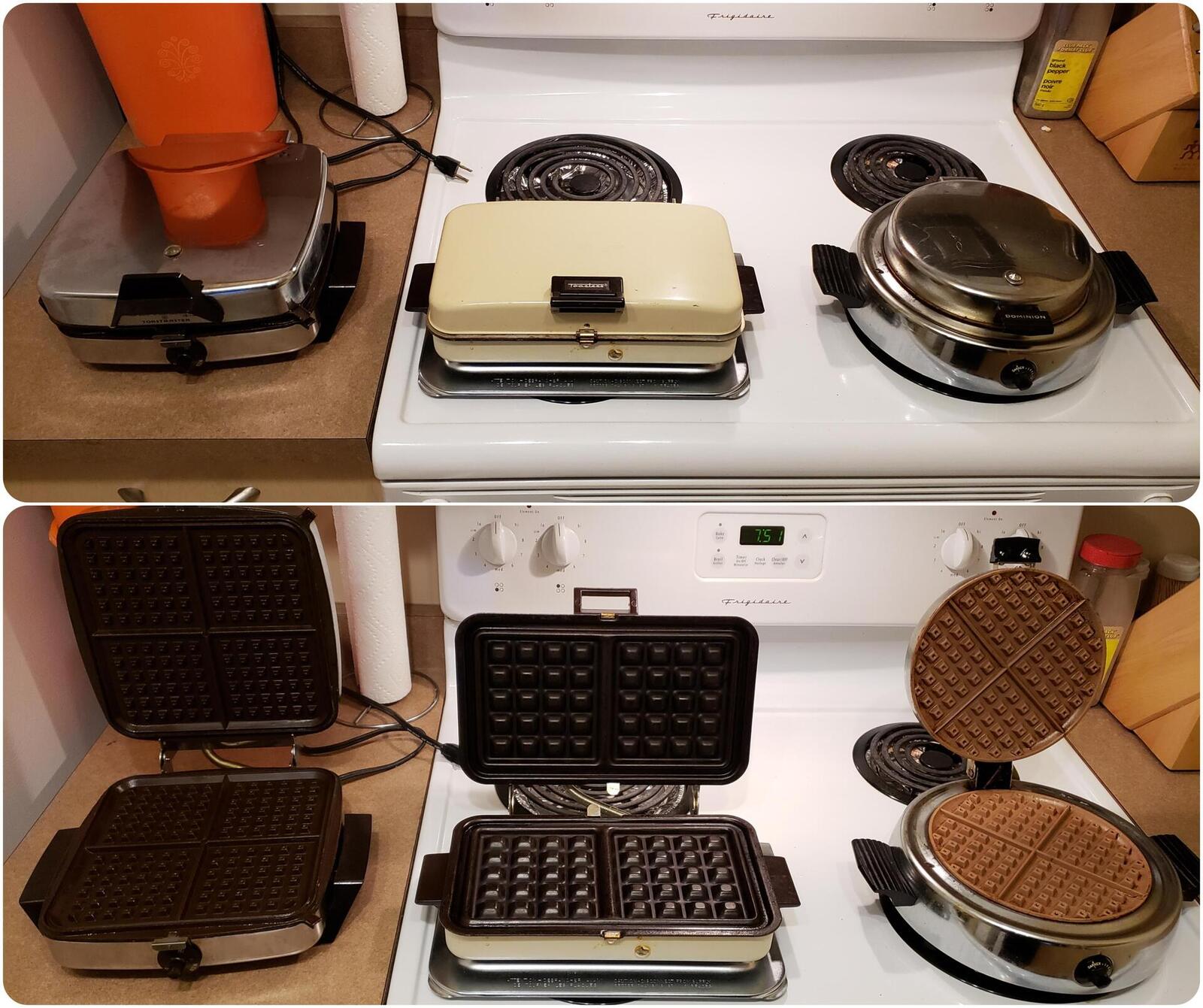

0 thoughts on “Who Invented Air Fryer”